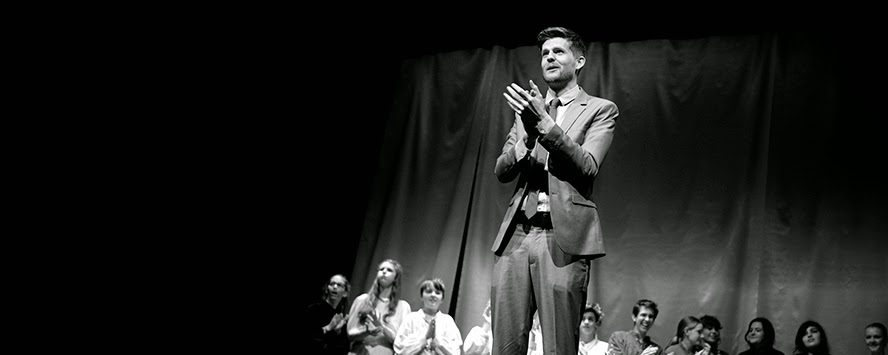I love Eric Molinsky's podcast Imaginary Worlds, a show about 'imaginary worlds: how we create them and why we suspend our disbelief'. It's a curious geek's guide to a deeper side of pop culture and well worth a listen if that sounds like your thing.
 I just listened to the episode titled Why They Fight and was fascinated to hear how a part of the role-playing game Dungeons & Dragons has influenced a lot of pop culture since the game was released and I realised that this system for categorising characters would be a great drama activity, so don't switch off just yet!
I just listened to the episode titled Why They Fight and was fascinated to hear how a part of the role-playing game Dungeons & Dragons has influenced a lot of pop culture since the game was released and I realised that this system for categorising characters would be a great drama activity, so don't switch off just yet!
A big part of DnD is building your character, giving them traits, personality, history, skills etc. Alignment is a categorization of the ethical and moral perspective of a character. There are 9 types of alignment, which can be explained in various nerdy diagrams available in a quick google search.
 I just listened to the episode titled Why They Fight and was fascinated to hear how a part of the role-playing game Dungeons & Dragons has influenced a lot of pop culture since the game was released and I realised that this system for categorising characters would be a great drama activity, so don't switch off just yet!
I just listened to the episode titled Why They Fight and was fascinated to hear how a part of the role-playing game Dungeons & Dragons has influenced a lot of pop culture since the game was released and I realised that this system for categorising characters would be a great drama activity, so don't switch off just yet!A big part of DnD is building your character, giving them traits, personality, history, skills etc. Alignment is a categorization of the ethical and moral perspective of a character. There are 9 types of alignment, which can be explained in various nerdy diagrams available in a quick google search.
The alignments apply to so many well-known characters from Harry Potter to The Muppets, from Batman to Animal Farm.
Molinsky's personal pick of characters also make a lot of sense to me and he clearly describes how they fit their alignments in the episode:
As you can see from the diagrams, so many characters fit into these alignments and it is when two characters fall into different alignments that we get great stories; see Batman vs The Joker, Captain America vs Iron Man, Harry Potter vs Lord Voldermort, Aladdin vs Jafar.
So I'm going to use this system with my students soon and ask them to create characters for improvisations which fit into the different alignments. Let's see what happens then...!
(See also Geek & Sundry for another simple breakdown)











